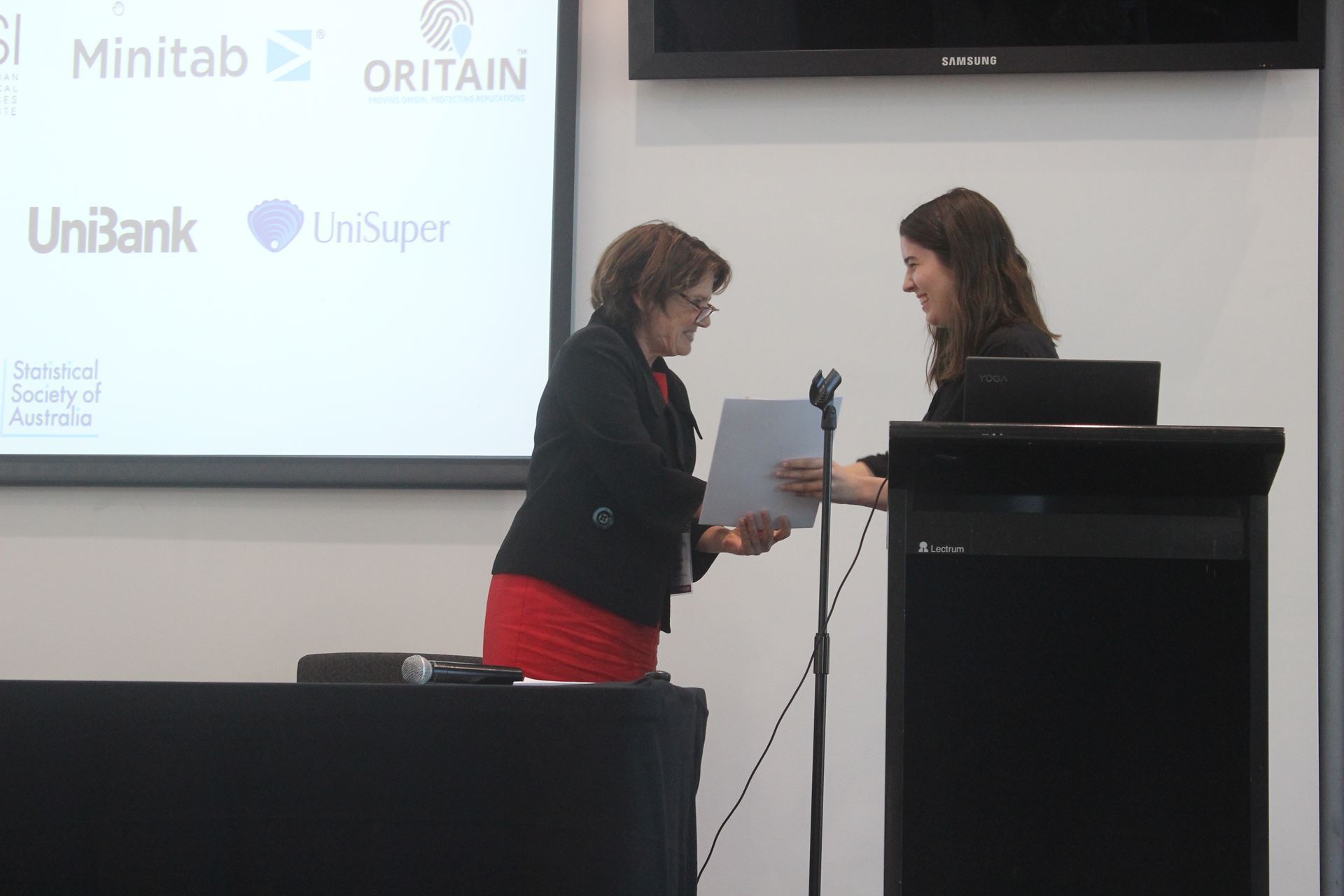The Statistical Society of Australia’s (SSA) Young Statisticians Network (YSN) has organised the biennial Young Statisticians Conferences (YSC) since 2009. The conference is designed for students and early-career statisticians. The next YSC will run alongside ANZC2021 during 5th-9th July 2021 in Gold Coast. We are looking for some energetic members interested in helping to shape the YSC21.
Really, stating that the conference will be held in the Gold Coast should be enough of a reason to join the committee. But if you need more convincing (shame on you, dear reader, for making me do more work), then let me outline the many facets of the YSC that will show you how rewarding it is to be a committee member.
On a more professional note, listing your YSC position will look impressive on your resume. It shows you are capable of planning and organising a major event. It also illustrates that you are an excellent communicator and collaborator. In addition to your existing role on the committee, you will also get a chance to Chair or Co-Chair sessions at the conference.
 The conference offers delegates a platform to share their latest research, with statistical applications being presented from a range of areas, including agriculture, computer science, and bioinformatics. Delegates can win the Louise Ryan Best Presenters Award. At YSC19, Sarah Romanes from the University of Sydney won the award for the presentation titled ‘Using Variational Approximations to efficiently build a generalised discriminant analysis (genDA) algorithm’.
The conference offers delegates a platform to share their latest research, with statistical applications being presented from a range of areas, including agriculture, computer science, and bioinformatics. Delegates can win the Louise Ryan Best Presenters Award. At YSC19, Sarah Romanes from the University of Sydney won the award for the presentation titled ‘Using Variational Approximations to efficiently build a generalised discriminant analysis (genDA) algorithm’.
It does not end there. Delegates are further spoilt through speeches given by seasoned professionals and have the opportunity to ask career-related questions to an amazing careers panel. For YSC19, we were honoured to hear presentations from keynote speakers Teresa Dickinson (ABS), Calvin Hung (QuantumBlack), Alison Presmanes Hill (RStudio), and Margarita Moreno-Betancur (VicBiostat). The YSC19 careers panel consisted of Louise Ryan (UTS), Teresa Neeman (ANU), Warren Muller (CSIRO), and Smitha Ramaswamy (Teachers Mutual Bank/UniBank). Sounds like a red-carpet event, right?
.JPG) But it is not all work work work with the YSC. There are multiple social events to organise and attend, such as the pre-conference trivia night and the conference dinner. To illustrate how much fun these events can be, we will again refer back to YSC19. The YSC19 dinner included a Wiki-a-thon; the objective of this event was to create a Wikipedia page for influential women in statistics using your smartphone. Simultaneously, a mini competition was held where we had to draw the perfect normal distribution. Sadly, I did not win (boo). However, the very talented Rushani Wijesuriya and Nicholas Tierney took home the prize that day.
But it is not all work work work with the YSC. There are multiple social events to organise and attend, such as the pre-conference trivia night and the conference dinner. To illustrate how much fun these events can be, we will again refer back to YSC19. The YSC19 dinner included a Wiki-a-thon; the objective of this event was to create a Wikipedia page for influential women in statistics using your smartphone. Simultaneously, a mini competition was held where we had to draw the perfect normal distribution. Sadly, I did not win (boo). However, the very talented Rushani Wijesuriya and Nicholas Tierney took home the prize that day.
Have I convinced you to join the YSC committee? Great! We still have several positions available, including Program Chair, Graphic Designer, Event App Liaison, Social Events Manager, Treasurer and Sponsorship Manager. For more information on each role and to apply, just click here. If you have experience in any of these areas that would be great, but it is not a prerequisite.
Have any questions? Do not hesitate to reach out to me! You can send me an email, or message me via Twitter.
Janan Arslan.
